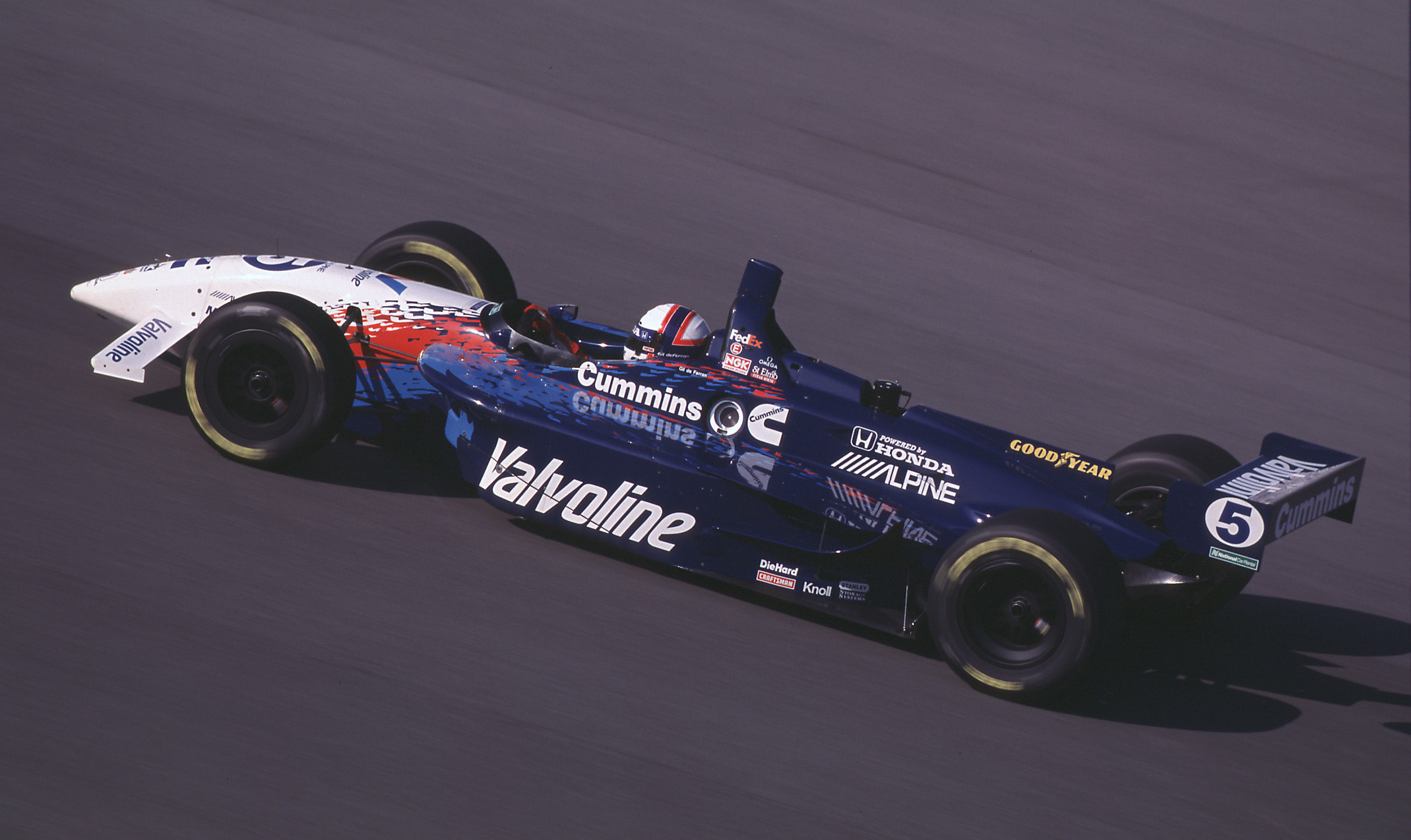

One of the most important features of a Champ Car is its aerodynamics package.
INDY CAR TRANSMISSION DRIVER
At race time, the driver and fuel bring the car's total weight to between 1,900 and 2,000 pounds (860 to 910 kg).

Adding the engine and other components brings the weight up to the official 1,550 pound (700 kg) running weight for a Champ Car. The chassis of a Champ Car as described here weighs approximately 1,110 pounds (500 kg).

You can see that the only thing connecting the tub to the transmission and rear wheels is the engine, and the rear wing bolts directly to the transmission. One incredibly interesting characteristic of the chassis is the fact that the engine and transmission are actually a part of the chassis - they are known as stressed members. Ford, Honda, and Toyota also supply engines to other teams. The Motorola PacWest team uses engines supplied by Mercedes-Benz. The rear suspension, rear tires and rear wingĪ set of four cover panels: 1) The cover over the front suspension 2 and 3) The covers over the two side pods 4) The cover over the engine In this photo, you can also see the fuel filler area, which leads to the gas tank just behind the driver. The two side pods on either side of the driver house the car's electronics and the channels feeding air to the radiators. The "tub" (monocoque), or central section of the car, is where the driver sits. The front wing assembly is completely interchangeable depending on the type of track, the weather and other variables. The nose cone includes the front wings, the front suspension, steering mechanism and front tires. The team's job is to add things like the engine and electronics to the rolling chassis and tune it to the driver's style for maximum performance. When it arrives from the factory, the chassis comes complete with the body of the car, the suspension, the steering system and the transmission, and is called a rolling chassis. (The Information section of the CART Web site contains the complete rule book for Champ cars.) For example, in 1999, the CART rules reduced allowable aerodynamic downforce by 500 pounds, and all of the chassis manufacturers took this rule change into account in their designs. One reason that a new chassis comes out every year is because the rules evolve with each season. Every year, the manufacturers release a new chassis and all of the teams start from scratch, attending testing sessions to try to gain a competitive advantage with their new chassis. Reynard supplies the chassis for a number of the teams. The chassis for the Motorola PacWest car is made by Reynard in England. Reynard provides the chassis and the tires come from Firestone. Motorola is the title sponsor for the car. The Motorola PacWest Racing Team fields car number 18 - Mark Blundell's Motorola/Mercedes-Benz car. See the CART Web site for complete details, television schedules and race times. CART is the governing body for the sport, setting the rules that the teams have to follow (see the CART Web site for the complete rule book), and it also provides the race officials who oversee each event. The sanctioning body for Champ Car racing is CART, or Championship Auto Racing Teams, Inc.
INDY CAR TRANSMISSION DRIVERS
No two races are alike in Champ Car racing.Īpproximately 25 cars and drivers - like the Motorola PacWest Racing Team's number 18 car driven by Mark Blundell - compete in the 20 Champ Car races that make up a season. The teams have to completely revise the aerodynamic package, the suspension settings, and lots of other parameters on their cars for each race, and the drivers have to be extremely agile to handle all of the different conditions they face. The racing teams have to create cars that are flexible enough to run under all of these different conditions. This level of diversity makes a season of Champ Car racing incredibly exciting. The type of track changes from race to race - Champ Car racing is an incredibly diverse sport. Road courses - courses with much of the feel of a street course (lots of tight turns and short straight-aways), but running on special closed tracks rather than on city streets.Street courses - courses laid out on city streets.Super speedways - oval tracks 2 miles or longer.Short ovals - oval tracks less than 2 miles long.


 0 kommentar(er)
0 kommentar(er)
